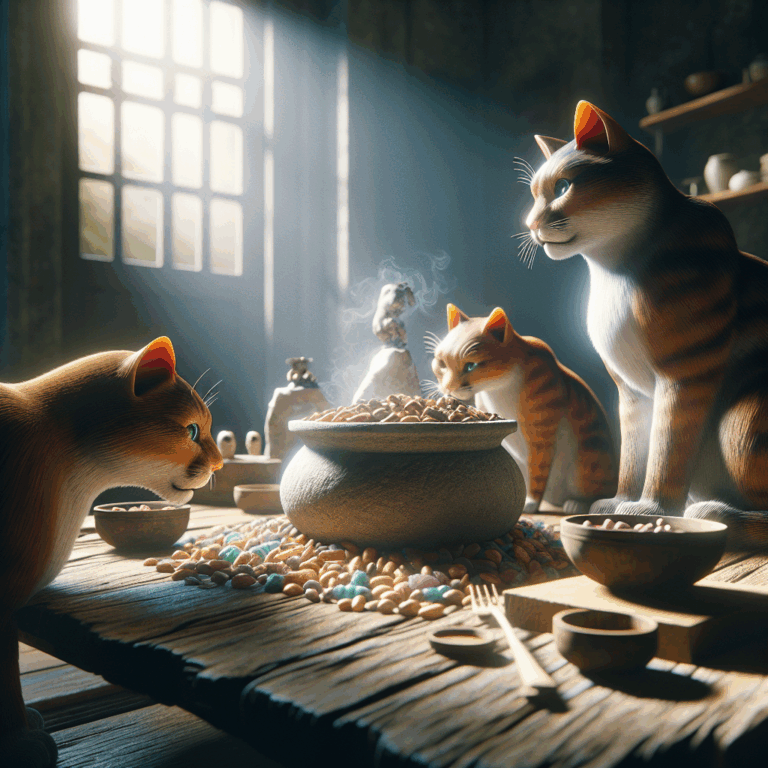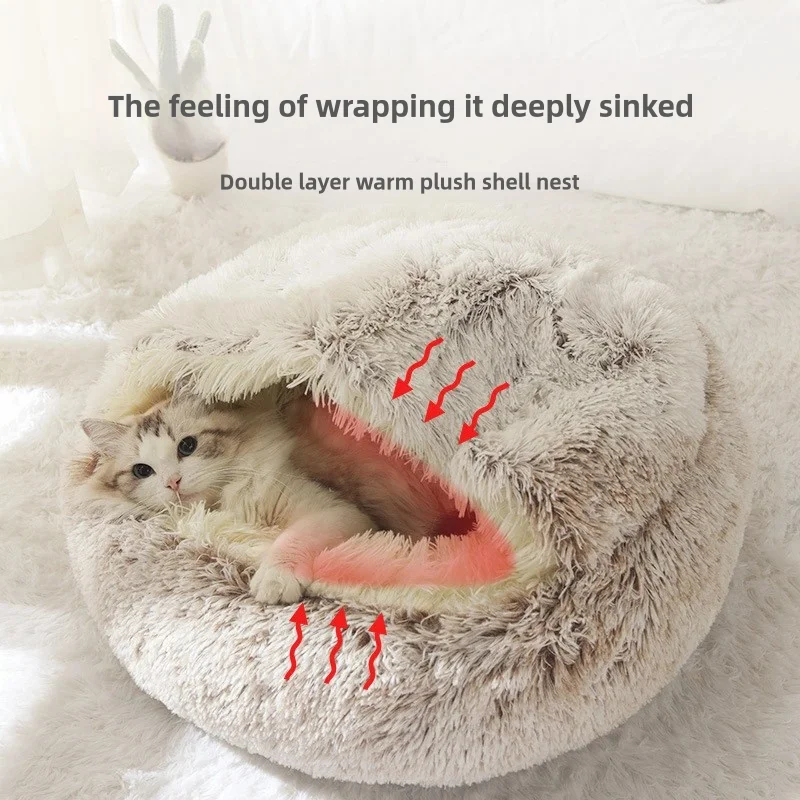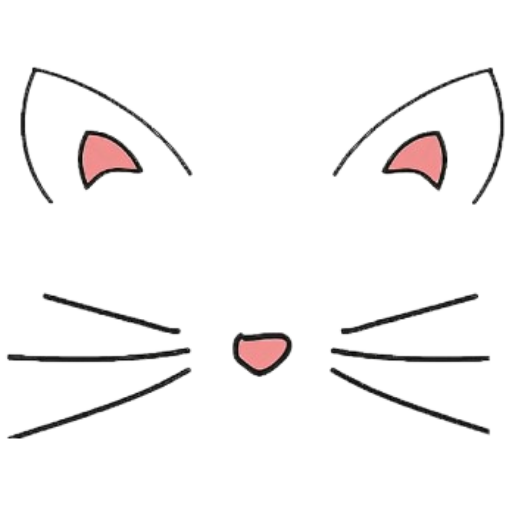The Feline Feast: Exploring the Rituals and Rhythms of Cat Eating Habits
- 21 Comments
In the world of domestic cats, mealtime is more than just a routine; it’s a deeply embedded ritual that holds significant meaning for our feline companions. While many cat owners might view feeding time as a straightforward task, the intricacies of how and when cats eat offer fascinating insights into their behavior and needs. Understanding these nuances not only helps improve the well-being of our furry friends but also strengthens the bond between cats and their human counterparts.
Cats, being obligate carnivores, have evolved to thrive on a diet rich in protein and fats, usually sourced from animal-based foods. Their ancestors, the African wildcats, were solitary hunters with a preference for small prey, such as rodents and birds. This hunting behavior has influenced the eating habits of modern domestic cats, who often prefer several small meals throughout the day rather than one large serving. Observing a cat’s eating pattern can reveal much about their temperament and health. A sudden change in appetite or meal frequency can be an early indicator of health issues and should prompt a visit to the veterinarian.
The environment in which a cat eats plays a crucial role in their eating habits. Cats prefer a quiet and calm space where they can enjoy their meals without feeling threatened or stressed. This stems from their instinctual behavior to remain vigilant even while eating. Providing a dedicated feeding area that is free from loud noises and other pets can help ensure that cats eat comfortably, preventing anxiety-related food aversions.
Social dynamics also come into play during feeding time, especially in multi-cat households. Cats are territorial creatures, and competition for food can lead to stress and conflict. Ensuring that each cat has its own feeding station can mitigate these issues, allowing each feline to enjoy their meals without the pressure of competition. This approach not only promotes harmony but also allows owners to monitor individual cats’ food intake, which is important for maintaining healthy weight and nutrition.
Beyond the physical aspects of eating, the type of food provided can have a profound impact on a cat’s overall health. While commercial cat foods are designed to meet nutritional needs, some cats may benefit from specialized diets due to medical conditions like allergies or diabetes. The rise of raw and homemade diets has sparked debate among veterinarians and pet owners alike. Although these diets aim to replicate a cat’s natural prey-based diet, they require careful balance and preparation to ensure all nutritional requirements are met.
Understanding the unique eating habits of cats can enrich the lives of both the pets and their owners. By respecting their natural instincts and providing a suitable environment, cat owners can ensure that mealtime remains a positive and nurturing experience. As the bond between humans and cats continues to evolve, recognizing the importance of these daily rituals becomes an essential component in providing a fulfilling life for our cherished feline companions.

In the world of domestic cats, mealtime is more than just a routine; it’s a deeply embedded ritual that holds significant meaning for our feline companions. While many cat owners might view feeding time as a straightforward task, the intricacies of how and when cats eat offer fascinating insights into their behavior and needs. Understanding these nuances not only helps improve the well-being of our furry friends but also strengthens the bond between cats and their human counterparts.
Cats, being obligate carnivores, have evolved to thrive on a diet rich in protein and fats, usually sourced from animal-based foods. Their ancestors, the African wildcats, were solitary hunters with a preference for small prey, such as rodents and birds. This hunting behavior has influenced the eating habits of modern domestic cats, who often prefer several small meals throughout the day rather than one large serving. Observing a cat’s eating pattern can reveal much about their temperament and health. A sudden change in appetite or meal frequency can be an early indicator of health issues and should prompt a visit to the veterinarian.
The environment in which a cat eats plays a crucial role in their eating habits. Cats prefer a quiet and calm space where they can enjoy their meals without feeling threatened or stressed. This stems from their instinctual behavior to remain vigilant even while eating. Providing a dedicated feeding area that is free from loud noises and other pets can help ensure that cats eat comfortably, preventing anxiety-related food aversions.
Social dynamics also come into play during feeding time, especially in multi-cat households. Cats are territorial creatures, and competition for food can lead to stress and conflict. Ensuring that each cat has its own feeding station can mitigate these issues, allowing each feline to enjoy their meals without the pressure of competition. This approach not only promotes harmony but also allows owners to monitor individual cats’ food intake, which is important for maintaining healthy weight and nutrition.
Beyond the physical aspects of eating, the type of food provided can have a profound impact on a cat’s overall health. While commercial cat foods are designed to meet nutritional needs, some cats may benefit from specialized diets due to medical conditions like allergies or diabetes. The rise of raw and homemade diets has sparked debate among veterinarians and pet owners alike. Although these diets aim to replicate a cat’s natural prey-based diet, they require careful balance and preparation to ensure all nutritional requirements are met.
Understanding the unique eating habits of cats can enrich the lives of both the pets and their owners. By respecting their natural instincts and providing a suitable environment, cat owners can ensure that mealtime remains a positive and nurturing experience. As the bond between humans and cats continues to evolve, recognizing the importance of these daily rituals becomes an essential component in providing a fulfilling life for our cherished feline companions.



21 thoughts on “The Feline Feast: Exploring the Rituals and Rhythms of Cat Eating Habits”
The article provides interesting insights into cat eating habits, but it overlooks the potential drawbacks of raw and homemade diets without proper guidance.
This insightful post beautifully highlights the fascinating intricacies of our feline friends’ mealtime rituals.
This insightful post wonderfully highlights the intricate eating habits of cats and how understanding them can enhance our connection with these fascinating animals.
It’s great to hear that you found the post insightful. Understanding our cats’ eating habits indeed plays a crucial role in strengthening our relationship with them.
I appreciate your perspective on the importance of understanding cats’ eating habits. It’s true that recognizing these behaviors can enhance the connection between cats and their human companions. The article highlighted various aspects such as their preference for multiple small meals and the significance of a calm feeding environment, which are key to fostering a positive mealtime experience. Additionally, considering the nutritional needs and potential dietary adjustments for health conditions can further contribute to the well-being of our feline friends. It’s interesting how these insights can help us provide a more supportive and nurturing environment for them.
It’s great to hear that you found the insights on cats’ eating habits valuable. Recognizing their natural preferences and creating a calm feeding environment indeed plays a crucial role in their well-being. Catering to their nutritional needs and adjusting diets when necessary can truly enhance the care we provide for our feline companions.
This insightful article beautifully highlights the intricate behaviors and needs of our cherished feline companions during mealtime.
This article beautifully highlights the importance of understanding our cats’ natural eating habits and how we can enhance their well-being.
It’s great to see appreciation for the insights into our cats’ natural eating behaviors and how they contribute to their well-being. Understanding these habits truly makes a difference in their lives.
// This insightful post offers valuable perspectives on understanding and enhancing the feeding experiences of our beloved feline friends.
It’s great to see appreciation for the insights shared. Enhancing our cats’ feeding experiences truly enriches their lives and strengthens our connection with them.
This insightful post beautifully highlights the fascinating intricacies of cat eating habits and their impact on well-being.
It’s interesting to hear your perspective on the article. The eating habits of cats indeed provide a window into their behavior and health, emphasizing the importance of understanding these aspects to enhance their well-being. The connection between their natural instincts and our daily care routines is definitely a topic worth exploring further. Your comment adds to the conversation by underscoring the significance of these insights, which can help cat owners provide a more nurturing environment for their pets.
This post beautifully highlights the fascinating intricacies of cat eating habits and their connection to feline instincts.
What a fascinating exploration of our furry friends’ mealtime rituals!
This post provides insightful information into the fascinating world of cat eating habits and how they enhance our understanding of feline behavior.
This insightful post beautifully highlights the fascinating world of cat mealtime rituals and behaviors!
This article offers insightful perspectives on understanding our cats’ mealtime patterns and preferences, enhancing the bond between pet and owner.
This insightful post provides valuable information for any cat owner looking to enhance their pet’s mealtime experience.
Thank you for your kind words! It’s great to see that the information is helpful for cat owners aiming to improve their pets’ mealtime.
I’m glad you found the information useful for enhancing your cat’s mealtime experience. Understanding our pets’ habits and needs can certainly contribute to their overall well-being. It’s important to consider these aspects to ensure that our feline companions are comfortable and healthy during their meals. If you have any further questions or need additional insights, feel free to reach out.